The postcard-perfect views of Santorini’s whitewashed buildings and blue domes perched on volcanic cliffs have made this Greek island one of the Mediterranean’s most recognizable destinations. Yet beyond the Instagram hotspots and sunset crowds lies a more authentic island waiting to be discovered by travelers willing to venture off the beaten path.
Here is a list of 16 hidden experiences that will transform your Santorini visit from ordinary to extraordinary.
Hike from Fira to Oia
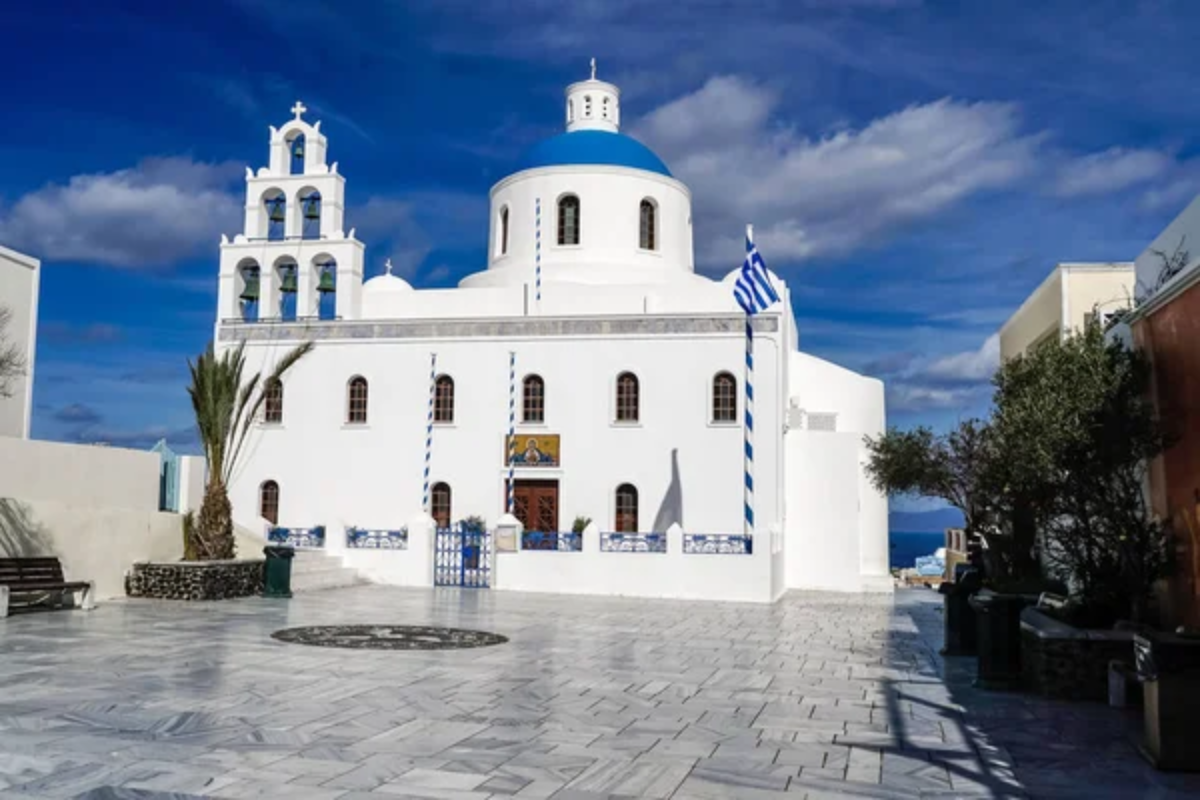
While both towns feature heavily in travel guides, the connecting path between them offers spectacular vistas that most cruise ship passengers never see. This 6-mile trail winds along the caldera edge, passing through the smaller villages of Firostefani and Imerovigli while providing constantly changing perspectives of the volcano basin.
The walk takes about 3 to 4 hours, depending on your pace and photo stops. Setting out early morning rewards hikers with gentle light for photography and temperatures significantly cooler than in the afternoon. Pack water and sun protection as shade is scarce along much of the route.
Visit a Family-Run Winery
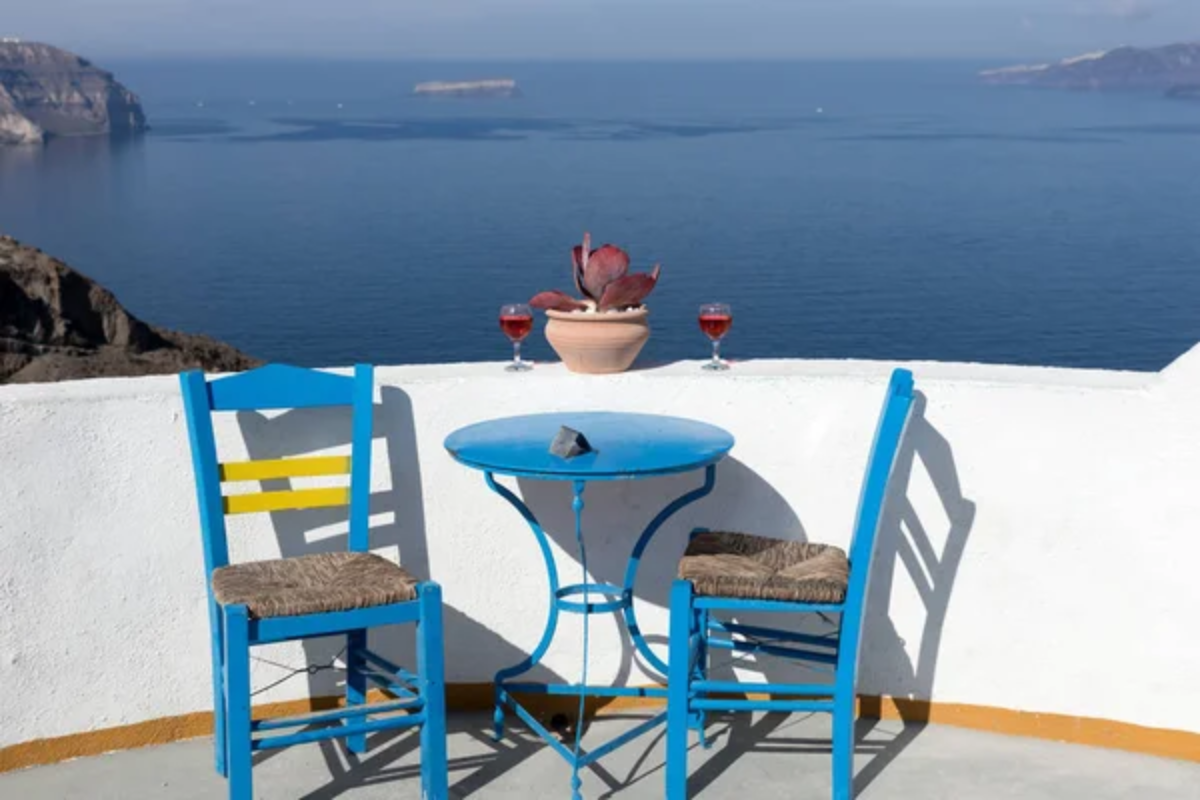
Santorini’s volcanic soil produces distinctive wines unlike anything else in Greece, particularly the crisp, mineral-rich Assyrtiko variety. Skip the larger commercial operations and seek out family vineyards where generations have perfected traditional cultivation methods, including the unique ‘kouloura’ technique—training vines into basket shapes close to the ground to protect grapes from harsh winds.
These smaller producers often offer more intimate tastings where owners themselves explain their winemaking philosophy. The ancient vines, some over 400 years old, have never suffered phylloxera due to the island’s volcanic soil composition, making them some of Europe’s oldest productive vineyards.
Like Travel Pug’s content? Follow us on MSN.
Explore the Prehistoric Settlement of Akrotiri

Commonly referred to as the “Minoan Pompeii,” this city of Bronze Age remains was buried in volcanic ash around 1600 BCE. Unlike Pompeii, though, the occupants appear to have vacated the place before the calamity broke out, leaving barely behind an incredibly fine snapshot of how advanced ancient civilization looked.
Multi-storied buildings, elaborate drainage systems, and vivid frescoes speak volumes about a highly advanced society that lived more than 3,600 years ago. This archaeological site can be explored in a few hours and is housed under a protective roof, shielding both ruins and visitors from the hot sun.
Moreover, the fact that the place does not have skeletal remains gives it a relatively less gloomy ambiance than the similar site in Italy.
Swim at White Beach
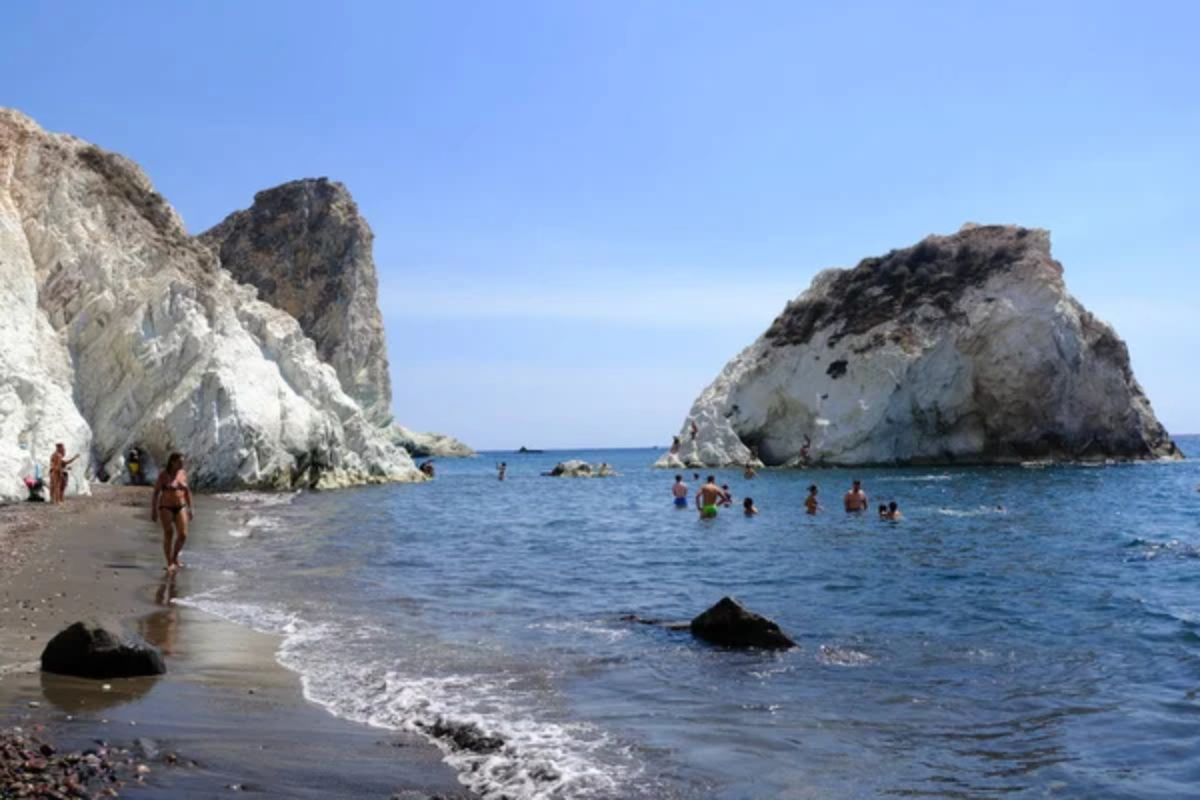
Accessed solely by boat or a rugged hike down a steep path, the secluded stretch of beach lies below towering white pumice stones, which give the beach its name. A surreal contrast of white rock against black pebbles and azure water creates an almost theatrical atmosphere far removed from the island’s already crowded beaches.
To reserve one of the few sun beds, arrive early by water taxi from nearby Red Beach, or bring your gear if planning to hike in. The oddly shaped geological formations that jut into the water provide for snorkeling even with visibility often exceeding 30 feet, showcasing colorful Mediterranean fish against a bright white seafloor.
Discover Ancient Thera
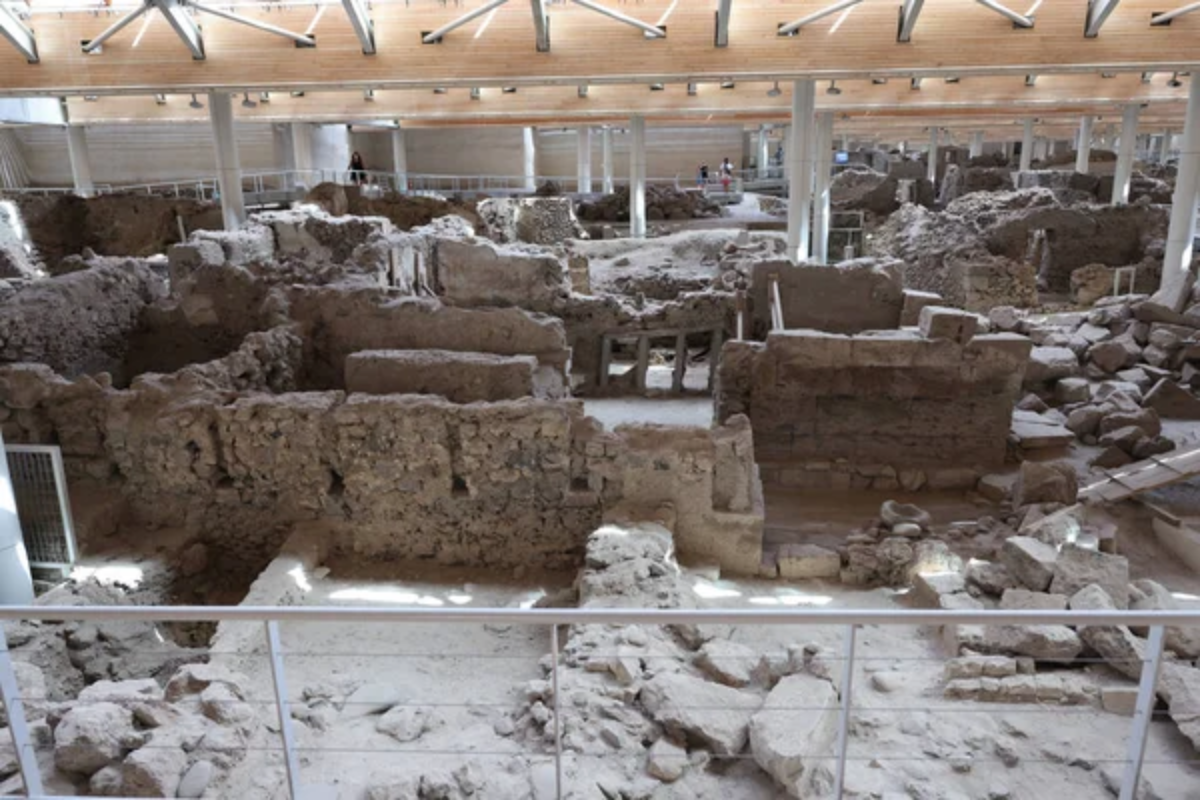
Perched 1,000 feet above the sea on Mesa Vouno mountain, these Hellenistic, Roman, and Byzantine ruins offer both archaeological interest and breathtaking panoramic views. The well-preserved site includes temples, a theater, and residential quarters dating from the 9th century BCE to the 8th century CE.
The steep, switchback drive deters many visitors, ensuring a more contemplative experience than at other island attractions. Ancient inscriptions remain visible on some structures, including dedications to Apollo and evidence of the city’s importance as a military outpost.
The site’s elevated position served both defensive purposes and religious significance for ancient inhabitants.
Like Travel Pug’s content? Follow us on MSN.
Photograph Vlychada Beach

This otherworldly shoreline features towering sculpted cliffs shaped by wind and sea into formations resembling a moonscape. The resulting backdrop creates a photographer’s dream, particularly in the late afternoon when shadows enhance the textural qualities of the eroded pumice.
The beach itself transitions from organized sections with loungers to completely undeveloped stretches where the dramatic geology takes center stage. The small fishing harbor at one end offers fresh seafood tavernas where local fishermen bring their daily catch.
The beach’s southern location makes it less affected by the Meltemi winds that sometimes impact beaches on other parts of the island.
Master Greek Cooking in a Cave Home
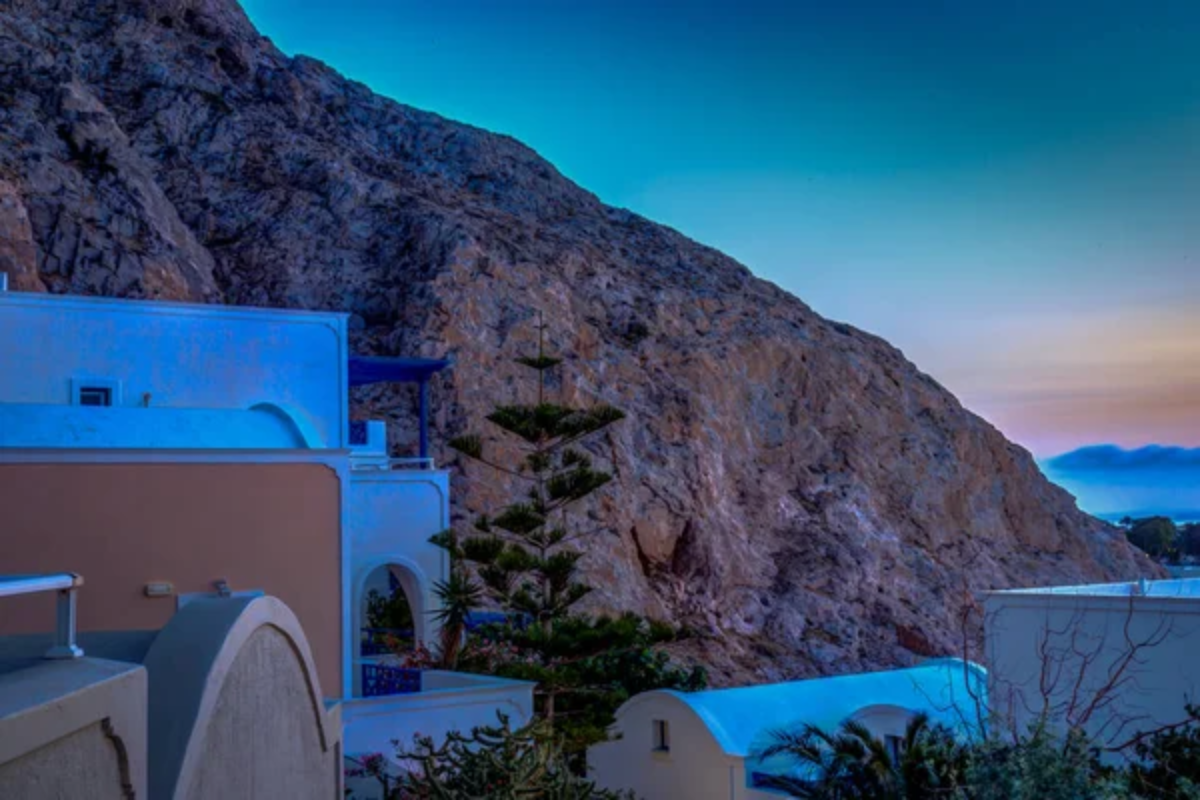
Several local families open their traditional cave houses for intimate cooking classes focusing on regional specialties. These homes, carved directly into the volcanic rock, maintain pleasant temperatures year-round and showcase traditional Cycladic architecture from the inside.
Learn to prepare authentic dishes like tomatokeftedes (tomato fritters made with Santorini’s intensely flavored cherry tomatoes) and fava (yellow split pea purée). Classes typically include market visits to source ingredients, followed by hands-on preparation and a communal meal with the family.
The cultural exchange over shared food often proves more memorable than the cooking instructions themselves.
Kayak the Caldera
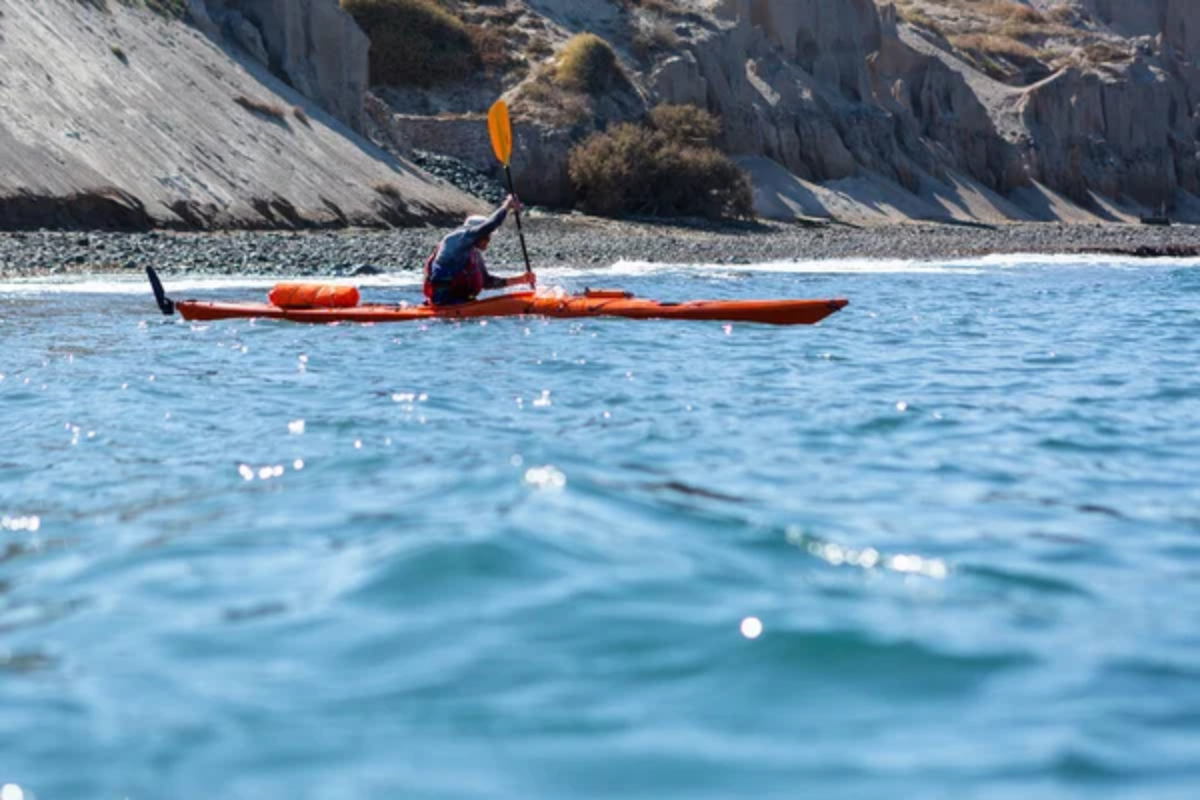
Viewing Santorini’s imposing cliffs from the water level offers a perspective impossible to appreciate from above. Guided kayaking excursions paddle beneath red and black volcanic beaches, into sea caves, and past pumice formations while explaining the geological events that shaped the island.
Many tours include stops at hot springs and secluded swimming spots inaccessible by larger boats. The exercise provides a refreshing alternative to standard sightseeing while revealing how dramatically the island rises from the sea.
Morning departures typically feature calmer water conditions and magical lighting as the sun illuminates the cliff-top villages from below.
Like Travel Pug’s content? Follow us on MSN.
Attend a Local Panigyri Festival

These traditional celebrations honoring patron saints occur throughout summer in villages across the island, offering authentic cultural experiences rarely mentioned in guidebooks. Featuring live Greek music, traditional dancing, abundant food, and free-flowing local wine, these community gatherings welcome visitors but aren’t staged for tourists.
The festivals typically begin after evening church services, continuing past midnight with multiple generations participating. Ask local shopkeepers or your accommodation host for upcoming events during your visit, as dates vary by village.
The genuine hospitality extended to outsiders at these celebrations represents Greek philoxenia (love of strangers) at its finest.
Visit the Tomato Industrial Museum
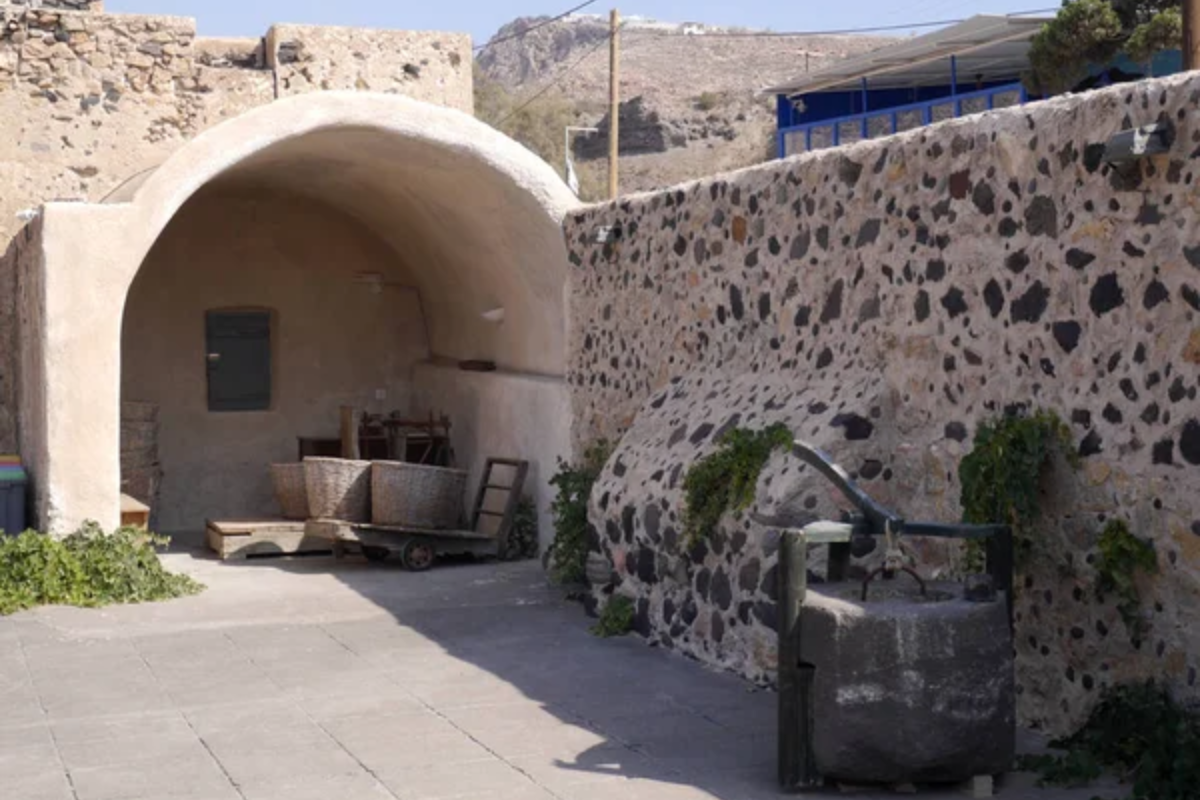
Housed in a former processing factory, this small museum celebrates Santorini’s agricultural heritage, particularly its famed small sweet tomatoes that thrived despite minimal rainfall. The restored machinery demonstrates how the island became a significant tomato paste exporter in the early 20th century before tourism dominated the economy.
Interactive exhibits explain how farmers adapted to the challenging growing conditions using techniques passed through generations. The museum’s beachfront location in Vlychada provides context for understanding how the industry utilized the sea for transportation before modern roads existed.
Tastings of tomato products made using traditional methods conclude most visits.
Sleep in a Traditional Windmill

Before electricity reached the island, dozens of windmills harnessed Santorini’s reliable breezes to grind the limited grain crops grown in volcanic soil. Several restored mills now offer unique accommodation experiences, complete with cylindrical walls and original millstone features incorporated into modern living spaces.
These distinctive structures provide both a historic atmosphere and outstanding views from their typically elevated positions. The curved interior walls and clever space utilization demonstrate the ingenuity of traditional Cycladic architecture adapted to harsh conditions.
Most mills stand isolated from crowded tourist centers, offering tranquility rarely found in conventional hotels.
Like Travel Pug’s content? Follow us on MSN.
Join a Photographic Tour of Abandoned Villages
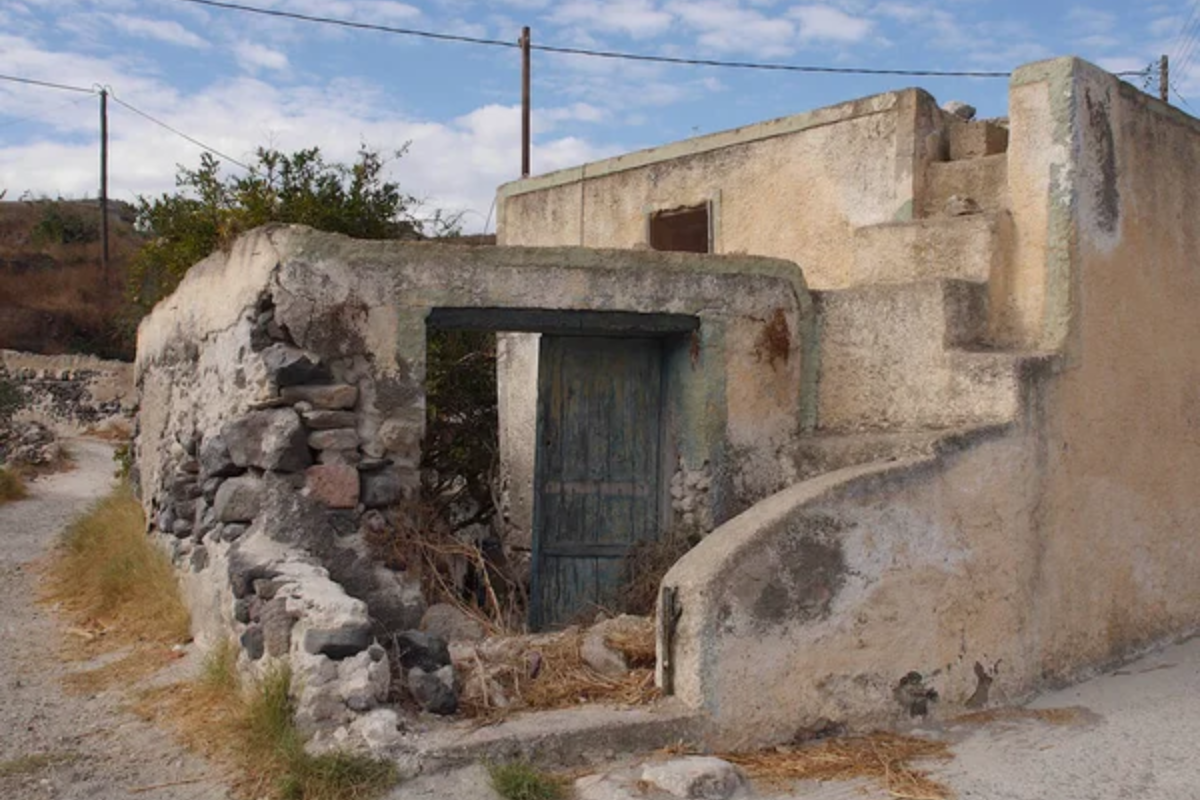
Several settlements across the island were partially or completely abandoned following the devastating 1956 earthquake. Professional photographers lead specialized tours to these atmospheric locations during optimal lighting conditions, teaching composition techniques while explaining the historical context of these haunting places.
Crumbling churches with faded frescoes and roofless homes reclaimed by nature create compelling subjects beyond typical tourist photography. The guides share poignant stories of displaced families while helping visitors capture meaningful images rather than standard vacation snapshots.
These forgotten corners reveal the island’s resilience through repeated natural disasters throughout its long history.
Experience a Private Sunset Away from Crowds
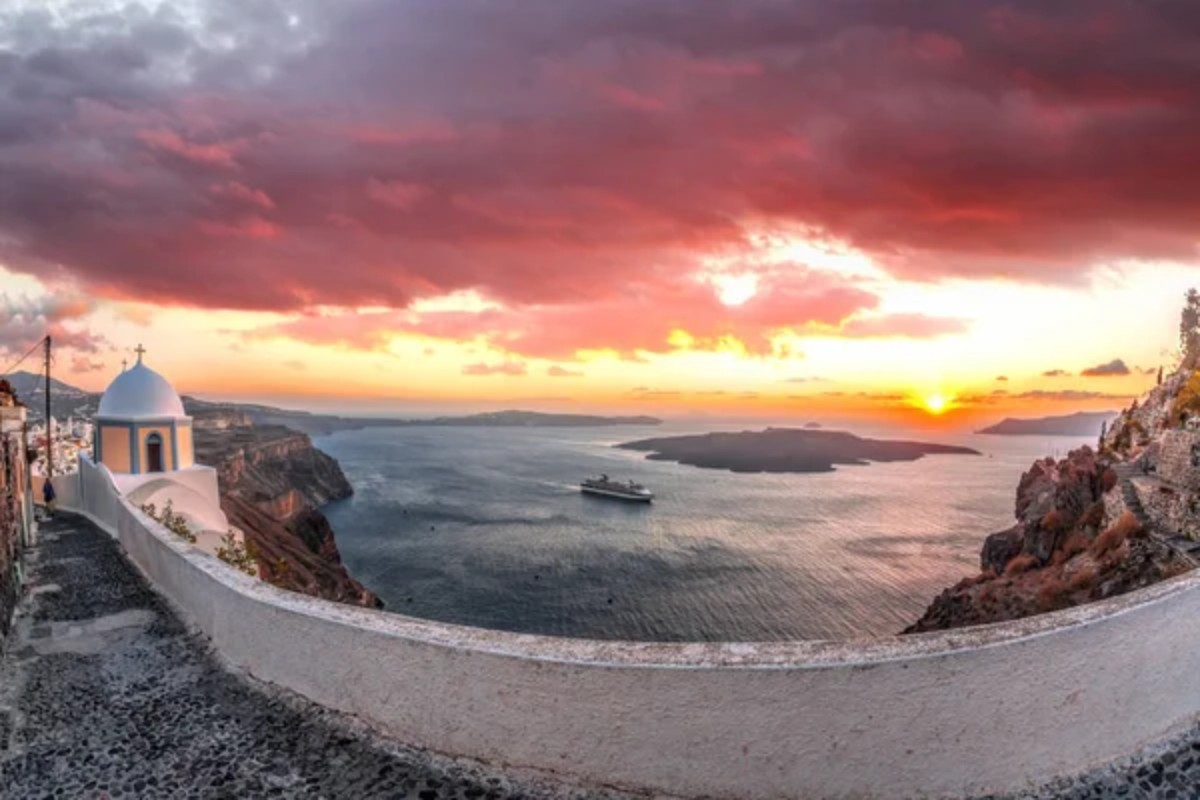
While thousands gather nightly in Oia for sunset views, knowledgeable visitors seek alternative vantage points offering equally spectacular perspectives without the pushing crowds. The lighthouse at Akrotiri, Prophet Elias monastery, or even certain beaches on the less developed eastern coast provide breathtaking sunset experiences with space for reflection.
Packing a simple picnic of local cheese, tomatoes, and wine transforms the moment into a memorable occasion connecting deeply with the landscape. The changing light creates a natural color show as the white buildings shift from brilliant white to gold, pink, and finally deep blue as darkness falls across the caldera.
Discover Ancient Wine Caves
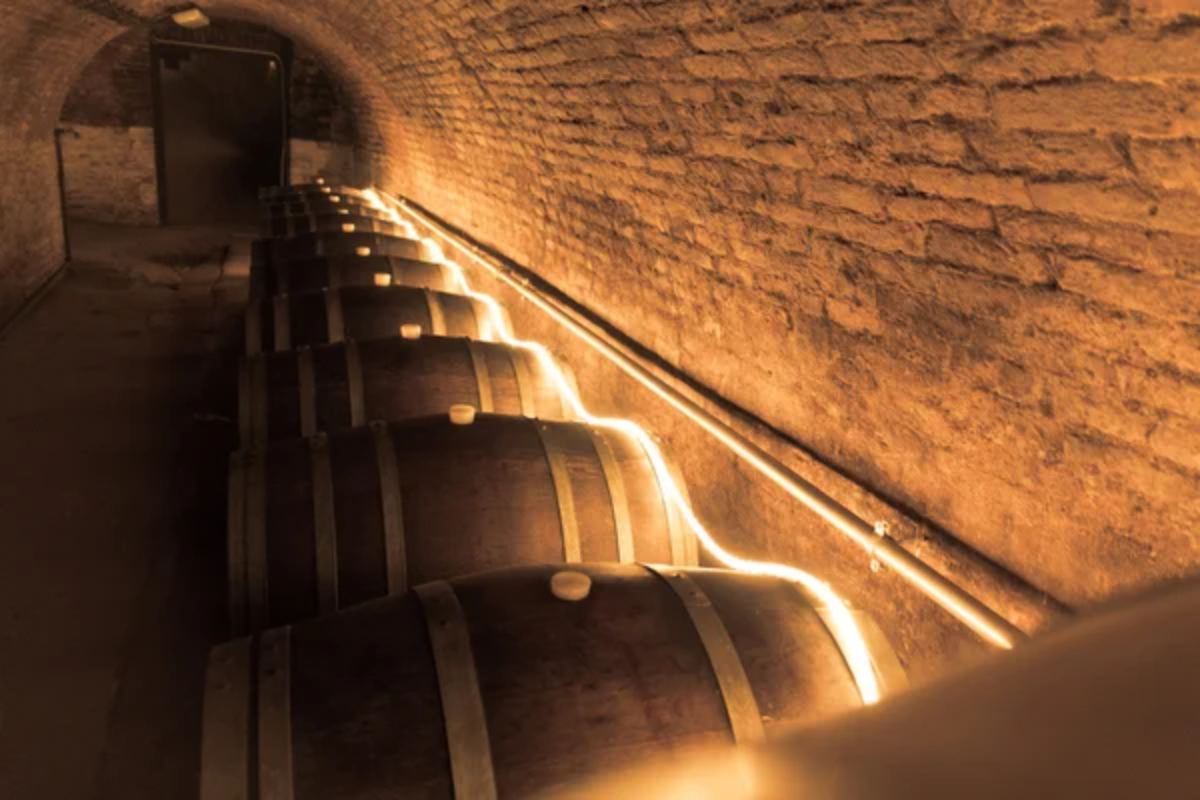
Long before modern wineries, Santorini produced wines in cave cellars carved into the soft volcanic rock. Several historic canavas (traditional wine facilities) offer tours explaining how wine production adapted to the island’s unique conditions over centuries.
The natural temperature regulation within these caves provided ideal aging environments long before climate control existed. Some facilities demonstrate traditional foot-pressing techniques during harvest season alongside modern production methods.
The oldest caves feature historical equipment and enormous wooden casks dating back generations, providing context for understanding the island’s long winemaking tradition that predates tourism by centuries.
Like Travel Pug’s content? Follow us on MSN.
Forage with a Local Chef

Several culinary programs pair visitors with knowledge keepers who identify edible wild greens, herbs, and other ingredients growing seemingly impossibly in the arid landscape. These excursions reveal how islanders historically survived through intimate knowledge of seasonal foraging opportunities before imported food became readily available.
The experience typically concludes with preparing discovered ingredients using traditional methods in outdoor wood-fired ovens. Participants gain an appreciation for the surprising biodiversity existing within the harsh volcanic environment that initially appears barren to untrained eyes.
The connections between landscape, food traditions, and cultural identity become evident through hands-on participation rather than passive observation.
Witness Traditional Basket Weaving

The art of creating intricate baskets from limited materials represents one of Santorini’s endangered crafts maintained by a dwindling number of elderly practitioners. Arranged through local cultural associations, demonstrations show how reeds and grasses become functional containers once essential for harvesting and storing crops.
The precise techniques handed down through generations reflect deep cultural connections to the agricultural past. Master weavers explain how different designs served specific purposes in daily island life before plastic containers replaced traditional craftsmanship.
Supporting these demonstrations helps preserve cultural knowledge at risk of disappearing within a generation as tourism-centered employment draws younger residents away from traditional practices.
Beyond the Blue Domes: Santorini’s Hidden Heart
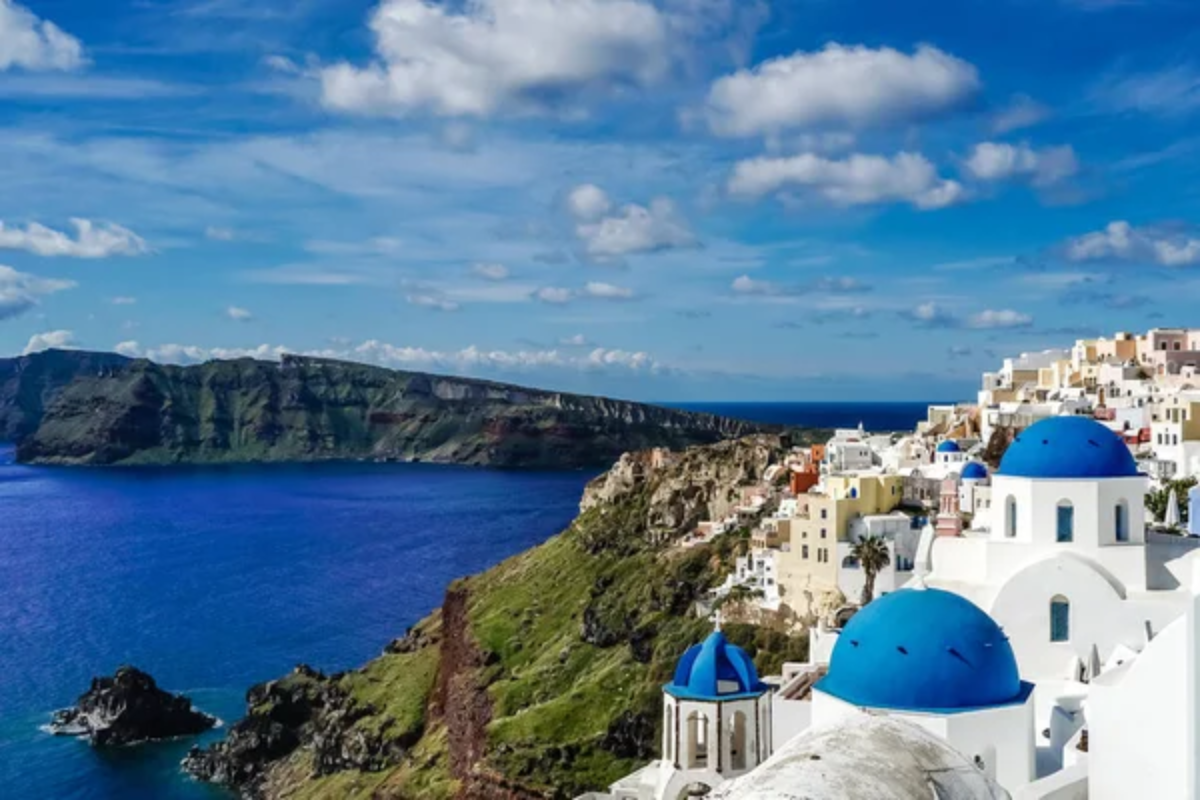
While iconic views certainly deserve appreciation, these less publicized experiences reveal Santorini’s authentic character shaped by volcanic catastrophe, agricultural ingenuity, and cultural resilience. Balancing popular attractions with these hidden gems creates a more meaningful connection to an island that has far more depth than its postcard perfection suggests.
The most memorable Santorini experiences often happen during unplanned encounters in village backstreets, conversations with multi-generational family vintners, or moments of silence watching fishing boats return at dawn—proving that true island magic exists beyond the Instagram crowds.
Like Travel Pug’s content? Follow us on MSN.
More from Travel Pug

- Cities Growing so Fast You Won’t Recognize Them in 10 Years
- 13 Destinations Where Tourists Regularly Regret Their Trip
- 20 Obscure WWII Sites Even History Buffs Don’t Know About
- 10 Under-the-Radar Mountain Towns That Are Both Affordable and Beautiful
- Remote Villages in Europe Where You Can Live for Free in Exchange for Work
Like Travel Pug’s content? Follow us on MSN.
